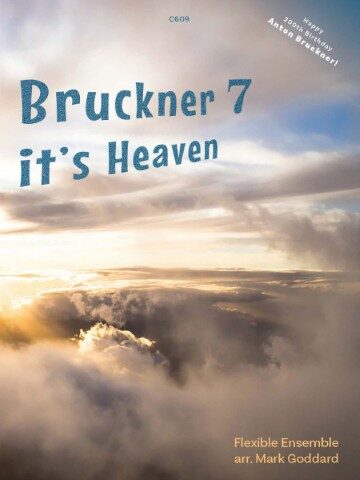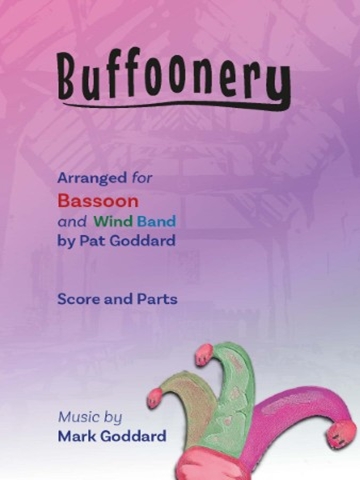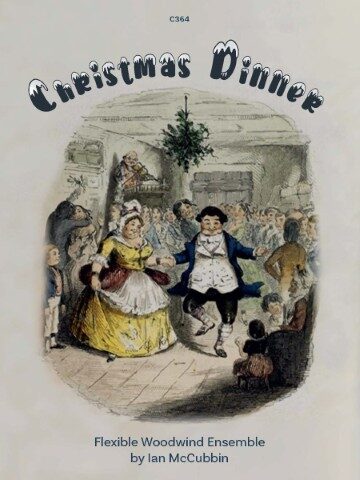Nonetto Op. 38
Set of Parts

Composer: Farrenc, Louise
Instrumentation: Flute, Oboe, Clarinet, Fr. Horn, Bassoon, Violin, Viola, Cello, Double Bass
Publisher:
| Product Code: | 979-0-570-81263-9 |
| ISMN: | 979-0-570-81263-9 |
| Publishers Number: | C263D |
| Difficulty: | Grade 9 |
| Orchestration: | String Quartet and Wind Quintet |
| Published date:: | 20231106 |
| Language: | English |
| Condition: | New |
Farrenc also embarked on a successful concert career as a virtuoso pianist. Robert Schumann was impressed by her Air Russe, and her 30 Études became required study material at the Conservatoire, and in 1842 she was appointed Professor of Piano at the Paris Conservatoire, the only such appointment for a woman throughout the entire 19th-century. She held the post for thirty years until her retirement in 1873. Accounts of the time record that she was an excellent teacher, with many of her students becoming professional musicians. She was unique among women musicians in the 19th century in holding such a senior post. Many of her pupils went on to be distinguished pianists, including her own daughter whose career was cut short in 1859.
After her daughter’s and later her husband’s death, Farrenc published a collection of early keyboard music, including a study of performance style. She died in 1875.
Louise was a prolific composer. In particular, she wrote a significant amount of music for piano, as well as producing three symphonies, orchestral music, alongside a wealth of vocal, choral and chamber music. She worked at a time when women rarely achieved recognition except as performers and at a time when only theatre and salon music were popular.
Between 1848 and 1858, she produced a number of pieces of chamber music, including the Nonetto Op.38 of 1849, and a sextet for wind and piano. The Nonetto, which is published by Clifton Edition, caught the imagination of the Parisian public at its first performance in 1850, when the violin part was played by that rising star, Joachim. Farrenc received the Chartier Prize for chamber music in 1861 and 1869. Louise Farrenc is more than a competent minor composer.
Her works are beautifully written, in a rich and evocative romantic style and equal to many of her male counterparts and, although she never gained the recognition she deserved as a composer during her lifetime, recent years has seen a resurgence of interest in her music with numerous recordings, performances, broadcasts and publications bringing the music of this wonderful composer back to life.
This Nonet is published in two sets, as: C262 Full Score C263 Set of Parts:Flute, Oboe, Clarinet in Bb, Bassoon, Horn in Eb/C, (Horn in… F alternative), Violin, Viola, Cello and Double Bass. Louise Farrenc was a French composer, virtuoso pianist and teacher of the Romantic period. She was the first female professor at the Paris Conservatoire. The first edition of this work was published in 1994 by Phylloscopus Publications.
R.R.P £50.00
Our Price: £42.50
Digital Download – PDF
Shipping costs: No shipping




